Microcement is a decorative coating composed of cement, water-based resins, additives, and mineral pigments that can be applied on a multitude of vertical and horizontal surfaces thanks to its great adherence. This construction material stands out because it is applied directly onto existing materials: tiles, plasterboard, floor tiles, marble, terrazzo, or plaster, among many others. With hardly any work and a thickness of only 3 millimeters, a rapid renovation of spaces is achieved.
A cutting-edge cladding, jointless, and suitable for both outdoor and indoor spaces. A continuous cladding that can be applied on floors, walls, stairs, ceilings, swimming pools, and even furniture. Its versatility has led to its increasing presence in the refurbishment of private homes and in commercial premises and large surfaces such as sports centers, industrial buildings, hotels, and restaurants.
Microcement
offers you a wide range of possibilities and decorative finishes, where you set the limit. Give rooms a unique and personal character thanks to the different textures (thick, medium, or thin); the wide variety of microcement colors; and the different finishes that our varnishes and metallic coatings allow.
The decorative solutions of microcement are infinite. That is why its uses are so varied. From microcement stairs or microcement swimming pools to furniture clad with microcement. Although the use par excellence of microcement is in floors and walls of kitchens, bathrooms, and outdoor spaces such as terraces.
Whatever the surface to be covered with microcement, we care about the final result. That is why, in our desire to achieve an optimal, versatile, and quality product that lasts over time and adapts to the needs of the market, we have achieved a balance between hardness and flexibility.
And what does this mean? That our microcement allows us to cover any surface, no matter how large it may be, achieving a continuous pavement without joints or fissures. In this way we avoid areas of dirt, thus facilitating cleaning and disinfection, helping to obtain places free of germs and bacteria.
And what does this mean? That our microcement allows us to cover any surface, no matter how large it may be, achieving a continuous pavement without joints or fissures. In this way we avoid areas of dirt, thus facilitating cleaning and disinfection, helping to obtain places free of germs and bacteria. In addition, our microcements guarantee a high resistance in the areas most exposed to traffic as well as to the most aggressive cleaning products. Hence the high demand for microcement in kitchens and microcement bathrooms.
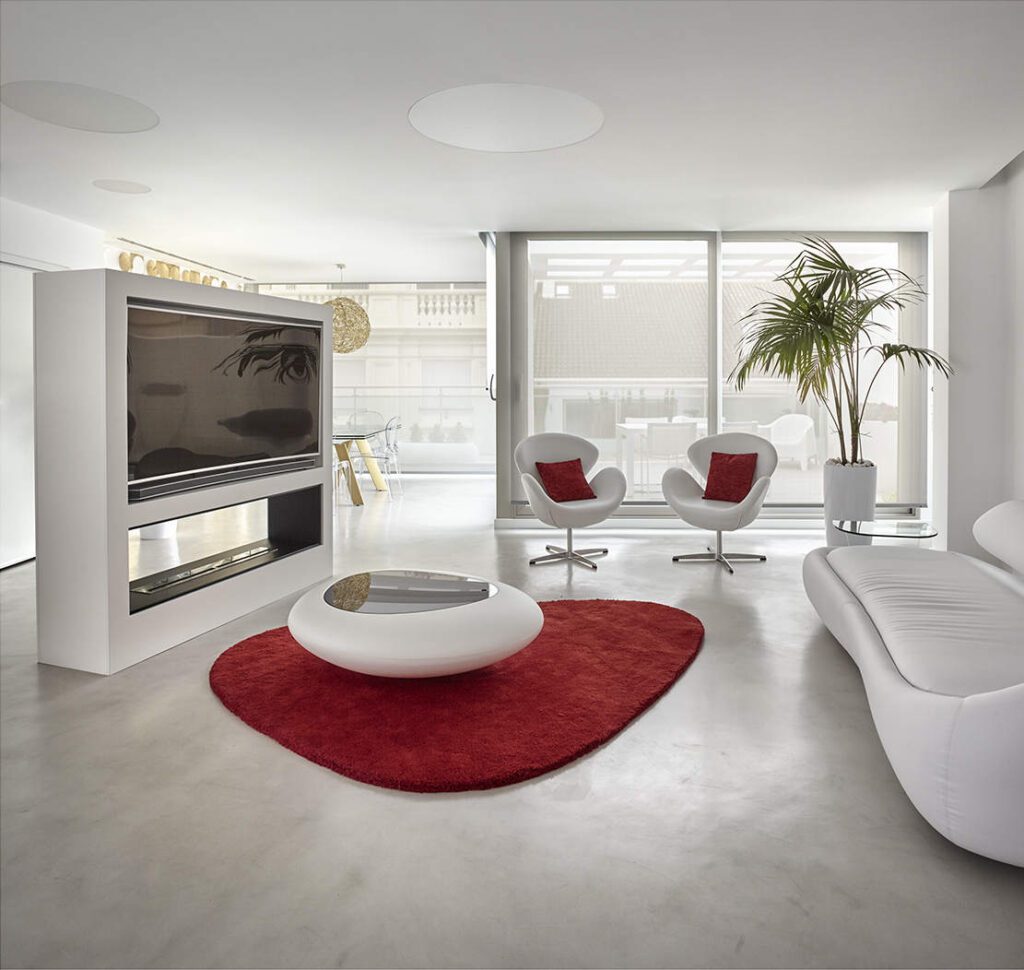
Microcement is a highly recommended building material for covering all types of walls and facades. In our gallery, you will find different microcement walls to inspire you. If you want to complete the information about microcement on walls, read our post.
Continuous microcement floors are not only very attractive to look at, but also have interesting qualities. Explore our gallery and discover all the microcement floors that can be created with microcement. If you want to know more, we recommend that you read our article about microcement floors .
Microcement is a perfect decorative coating to renovate the bathroom, especially because of its resistance to moisture and how easy it is to clean. Take a look at all the microcement bathrooms that are possible with microcements in our gallery or read our article on microcement bathrooms.
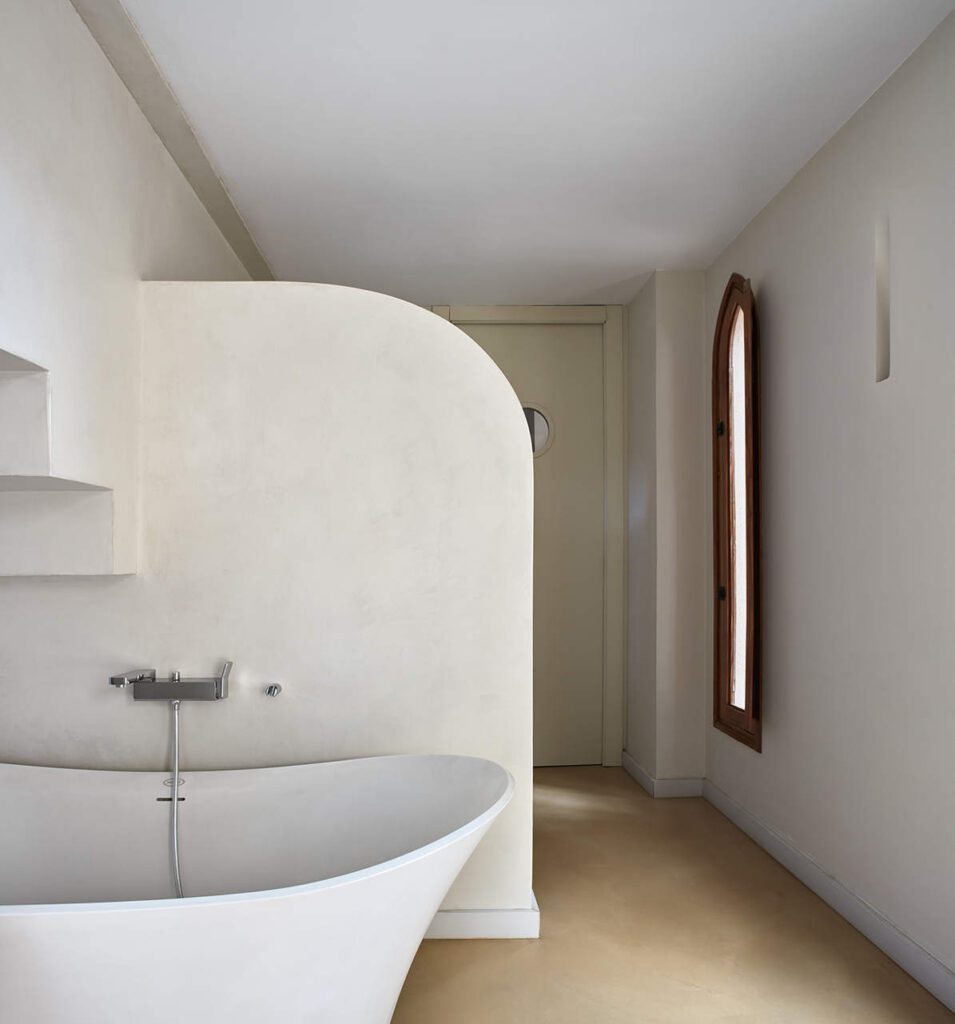
Microcement in kitchens can be used in many ways. It can cover floors and walls, ceilings, sinks and kitchen worktops in practically every colour you can imagine. Microcement kitchens of all styles and sizes. We invite you to check it out in our blog article of microcement kitchens.
The versatility of microcement means that it can even be used on stairs, although the applicator’s work is somewhat more complex. With microcement, it is possible to design spectacular microcement stairs. Discover them in our post on microcement stairs .
Covering the crown and the area around the pool with microcement is a guaranteed success. The non-slip and waterproof nature of our decorative coatings, as well as their excellent resistance to UV rays, make them ideal for covering indoor and outdoor pools. In our blog you will find everything you need to know and the advantages of microcement swimming pools.
Microcement is an excellent continuous coating also for exterior surfaces such as terrace floors, patios of residential houses or facades and walls of buildings. Visit our gallery or read our post and discover all the options for applying microcement on outdoors.
Now that you know where it can be applied, it is time to learn how to do it. On this page, you will find a step-by-step guide to applying microcement to floors, walls, and swimming pools.
Text goes here
Text goes here
Text goes here
Text goes here
Microcement is a decorative coating that has great qualities. Here is a brief summary of the main advantages of microcement:
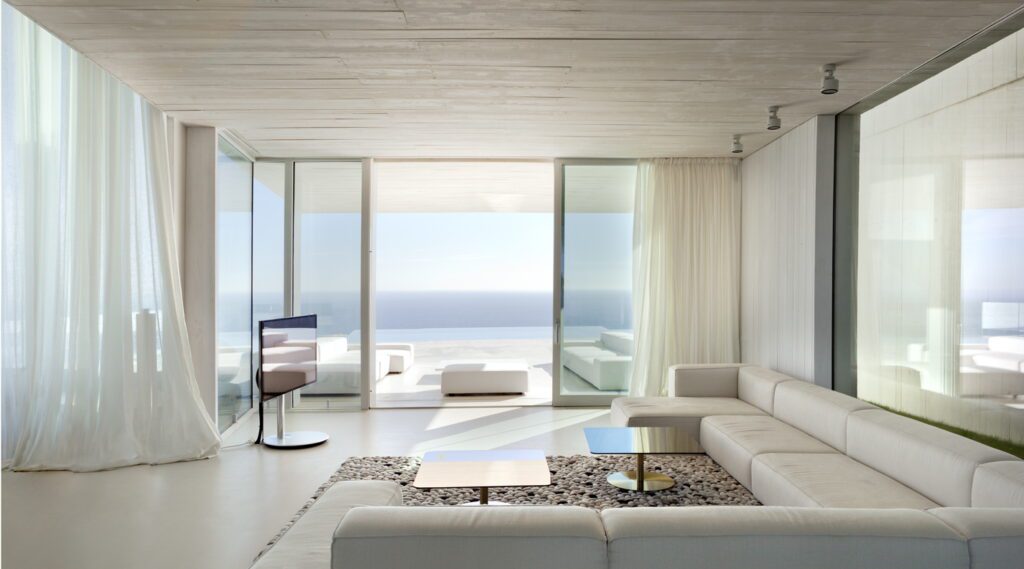
The different microcement finishes that can be obtained depend on the textures (see types of microcement) and the varnishes or sealers used, as these are two elements that condition the appearance and final finish of our microcements.
As microcement is a porous material, it is necessary to apply a varnish or sealer to protect it from dirt and to make the surface to be coated waterproof.
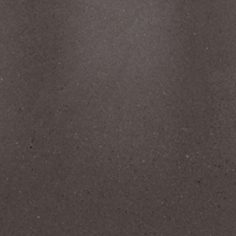
Gives a very natural look to the microcement cladding. Slightly dulls the colour tone.
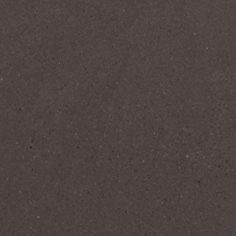
Ideal for when you are looking for a deep matt finish, without shine.
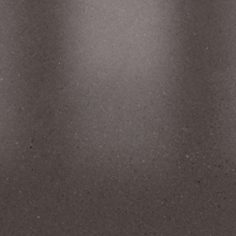
Halfway between the matt finish and the gloss finish. It is one of the most popular because it gives a modern look to the surface.

Enhances and enlivens the colour. The effect obtained is marbled.
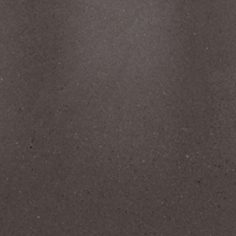
Matt finish but with the condition of non-slip. Anti Slip polyurethane varnish or sealant must be used
We have a wide range of microcement colours. The pigmentation system allows us to create any colour to measure, thus personalising rooms and atmospheres to achieve your own style.
White, grey, green, red, black or blue are just some of the many microcement colours available for our systems.choose the one that best suits your project here.
The search for excellence is what motivates us. In our commitment and involvement with our customers, we are constantly improving all our processes to offer high quality microcements.
Innovative products of the highest quality. A work policy which efforts have been globally recognised, and for us as a company this could not be more gratifying.
We can proudly say that we have been awarded the seal of innovative SME thanks to our project ‘Research and Development of Hygienising Microcement with Multinational Properties’. An award that highlights our growing investment in R+D+I.
An effort that has also been rewarded by obtaining the ISO 9001:2015 quality certificate, a distinction that not many companies in our sector can claim to have. An ISO standard that guarantees the quality of the Design, Development, Manufacture, and Marketing of high-quality microcements.
One of the particularities of microcement compared to other decorative coatings is its high resistance and hardness. In the cases of Sttandard Microdeck, Sttandard Microstone and Evolution Microdeck, they can even be used in high traffic areas.
Many factors can influence the resistance and hardness of this coating, such as: the substrate on which the microcement will be applied, the type of microcement selected or the sealer, among others.
One of the particularities of microcement compared to other decorative coatings is its high resistance and hardness. In the cases of Sttandard Microdeck, Sttandard Microstone and Evolution Microdeck, they can even be used in high traffic areas.
Many factors can influence the resistance and hardness of this coating, such as: the substrate on which the microcement will be applied, the type of microcement selected or the sealer, among others.
Microcement can be applied on almost any type of substrate: cement mortar, self-levelling mortar, terrazzo, marble, tile, plaster or plasterboard. Microcement can also be applied on vertical and horizontal surfaces, in interior and exterior spaces. A versatility with which we can create microcement stairs, microcement bathrooms, microcement kitchens and even microcement swimming pools.
Yes, microcement cannot be applied on natural wood or supports formed by pieces that can expand differently.
+information
One of the main properties of microcement is its high adherence. Thanks to this, it is possible to apply microcement on tiles, speeding up renovations and avoiding the removal of the original covering. As long as the tiles are firm and not loose. In these cases it is necessary to use the mesh to support the support.
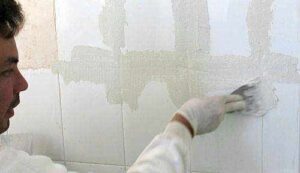
Optimal conditions and state of the surface to be coated
The preparation of the substrate is as important as the application of microcemento. If the substrate does not meet the necessary conditions, we will not be able to apply the microcement with guarantees. The surface must be level, consolidated, free of dirt and with a humidity level of less than 5%.
If the substrate on which the microcement is to be applied is a mortar, it must have set for at least four weeks before applying the microcement, in order to control any cracks that may appear during the curing process.
Microcemento piscinas
We have developed Atlantic, a line of bi-component microcement designed exclusively for spaces in permanent contact with water such as swimming pools. Microcement swimming pools are a trend and will continue to be so due to the many advantages of this decorative coating. Here you can see some of the swimming pools covered with Atlantic .
Microcement on natural wood or parquet
Parquet or natural wood floors have a large number of joints, the boards expand in different directions causing tensions that are difficult to control, which can cause cracks in the coating, so they are not suitable for applying microcement directly on them. In these cases it is necessary to lift the existing floor and prepare the substrate before laying the product.
More and more people are choosing to install underfloor heating. But can microcement be applied over underfloor heating? Yes, microcement can be installed on underfloor heating without any problems. It is necessary to follow a protocol for switching on the heating to prevent cracks caused by temperature changes in the screed from being reproduced in the microcement.
The switch-on protocol is as follows:
1. Switch on the heating at least 4 weeks after laying the cement mortar.
2. Maintain the inlet water to the circuits at 25°C for 2 to 3 days. Then gradually increase the water temperature to 45 °C and maintain it for several days.
3. Turn off the heating at least 48 hours before starting the installation of the microcement. The maximum floor temperature should be 18 °C.
Microcement flooring should be applied on cementitious mortars that have reached an advanced setting stage. This occurs after three to four weeks, depending on the weather. In any case, we must ensure that the mortar is practically dry. To do this, there must be a maximum of 5% humidity in the substrate, which should be checked with a relative humidity meter.
We recommend using quality self-levelling cement mortars.
Supports with powdery mortars are not suitable as the state of the application base must be consistent, otherwise it will be necessary to consolidate it.
After applying the microcement, we must wait at least 48 hours before gradually switching the heating back on (+5 °C each day).
Always change the temperature gradually at the beginning and end of the heating period.
Make sure that the relative humidity in the rooms is not too low.
Always avoid heat build-up caused by carpets and rugs or a lack of space between the furniture and the floor.
Important! Between the screed and the vertical walls there will always be an expansion joint so that the screed can expand. If this is not observed, cracks may appear.
Microcement is not waterproof by itself, but it can be if a sealant is used as a finish and the microcement is thus applied to washbasins, shower trays, bathtubs or wet areas. We have created the Topsealer WT sealer (water-based polyurethane varnish), a sealer with which to guarantee the waterproofing of microcement.
Yes, depending on the type of microcement, texture left and sealant used, we can make microcement slip-resistant.
Thanks to microcement we can achieve any non-slip surface. Depending on the type of microcement and texture, a greater or lesser slip resistance (degree of slipperiness) is obtained. From less to more slippery we have: Microstone for being highly textured, Microdeck with a smooth texture, and finally the Microfino which is not suitable for floors
The different finishes for floors and their textures
Floors are classified according to their slip resistance value, and from lower to higher resistance there are 3 classes, class 1, 2 and 3.
With microcements we can achieve any of the required classes. Microdeck sealed with polyurethane corresponds to class 1 but if you simply apply a coat of sealer and a coat of polyurethane, you can achieve class 2. If Microstone is used, which contains coarser aggregate particles than traditional microcement, class 3 is achieved. The difference in texture can be seen with the naked eye.
The anti-slip characteristics of the surface and the difficulty of cleaning must be taken into account. The greater the slip resistance, the more difficult it is to clean the surface due to the textured surface.
Here you can find out more about cleaning microcement.
Non-slip finishes and classification according to slipperiness
In order to limit the risk of slipping, floors in buildings or areas for Public Residential, Health, Educational, Commercial, Administrative and Public Concurrence use, excluding areas of zero occupancy defined in annex SI A of the DB SI, shall have an appropriate class in accordance with point 3 of this section.
Floors are classified according to their slip resistance value Rd. This value is determined by the pendulum test described in Annex A of UNE-ENV 12633:2003. The Technical Building Code (CTE) in the document DB SUA-1 (Basic Documents for Safety in Use and Accessibility) regulates the slip resistance indexes and determines the class that a floor should have depending on its use. The floor becomes more slip-resistant as the Rd value increases.
Floors are classified, according to their Rd slip resistance value, as set out in this table: Floors are classified according to the following table
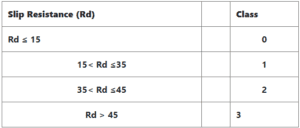
Class required for soils depending on their location and characteristics
The table indicates the class that soils must have, as a minimum, depending on their location.
This class shall be maintained during the useful life of the flooring
Dry indoor areas:
surfaces with a slope of less than 6% -> Class 1
surfaces with a slope equal to or greater than 6% -> Class 2
Wet indoor areas, such as entrances to buildings from the outside (1), covered terraces, changing rooms, bathrooms, toilets, kitchens, etc:
surfaces with a slope of less than 6% -> Class 2
surfaces with a slope equal to or greater than 6% -> Class 3
(1) Except in the case of direct access to restricted use areas.
Outdoor areas, swimming pools (2), showers -> Class 3
(2) In areas intended for barefoot users and at the bottom of pools, in areas where the depth does not exceed 1.50m.
Although the aesthetic finish may be similar, they are not the same.
With microcement you get more advantages:
Faster and easier to apply.
No machinery or heavy tools are needed for installation.
Less work. Less cost. Less time.
Lighter, so no structural loads.
Use in any room, not just ground floors.
No joints required, and no cracks appear when dry.
It can be applied on both horizontal and vertical surfaces.
+information
Differences between Microcement and polished cement (trowelled concrete) for paving in terms of components
A distinction must be made between, cement, cement mortar, and concrete.cement is a component of both mortar and concrete that acts as a binder. Mortar is obtained by mixing sand and water with cement and concrete is a cement mortar to which gravel is added.
Although they are all solutions for creating pavements, in the case of microcement it is continuous and in the case of polished cement, printed concrete or trowelled concrete it is discontinuous (requiring expansion joints).
CONCRETE
Both polished concrete and printed concrete, as well as trowelled concrete, consist of a reinforced concrete slab with a surface treatment applied to achieve the final finish. They are discontinuous pavements, and as they are slabs, expansion joints are required to prevent cracking.
As microcement adheres to the existing material, there is no need for building work, so microcement work can be carried out in a very short time: between three and five days. On the other hand, the application of microcement on floors increases this period up to one week.
+information
This is a coating that is worked with a pre-conditioning of the surface, a application of the material in different layers, and a final protection with sealer.
Each layer of material has its own application and drying time. In addition, special care must be taken during the first week (once the work has been completed) as it gradually acquires its full hardness and resistance.
No, it is not necessary. The microcement will be built up on the surface to a thickness of 1 to 3 mm.
Normally the clearance between the doors and the floor is 5 mm, so there is enough clearance to avoid having to plane the doors.
One of the most frequently asked questions about this decorative coating is how to clean microcement. Although the cleaning of microcement is simple and with water and neutral soap is more than enough, in Topciment we have created exclusive products for cleaning and care of microcement to obtain better results over time.
+information
The care of microcement is similar to that of natural wood parquet. It is advisable to avoid permanent waterlogging and prolonged contact with humidity. We must avoid leaving wet carpets and towels on the floor or pots that leak liquid. The surface should also be kept free of stones or grit, which can scratch the coating when stepped on. Avoid bumping and rubbing against hard objects.
Although microcement is highly resistant to chemical products, microcement should be cleaned with neutral soaps, never with aggressive products or descaling agents. Avoid products such as chlorine, bleach, ammonia, soaps and detergents in general, as they can damage the protective film.
Initial care
Microcement reaches the desired values of hardness, chemical resistance and waterproofing one month after application. The greatest risk of damage is in the first two weeks. It will be trafficable with great care two days after sealing of the pavements, and trafficable as normal one week later.
We recommend avoiding dragging heavy objects to avoid damaging the surface. To move furniture: it is better to lift and support, never drag. It is necessary to protect the floor from furniture (metal legs, sharp surfaces), and from objects with abrasive contact surfaces or of considerable weight, with covers or felts.
Permanent care
We recommend periodically maintaining microcement floors with Ceraciment or Ceraciment PRO or acrylic waxes. The frequency of waxing will depend on the use and characteristics of the location (traffic, surrounding dust, etc). We recommend the use of wiping mops to ensure the correct application of the product.
In Topciment, microcement manufacturers , we have a wide range of microcement colours to cover any type of surface. However, can microcement lose colour over time? No, our microcement colours behave in a stable way, without suffering alterations over time and without being affected by the weather.
+information
The pigments we use to make our dyes are of mineral origin. Within the pigments we distinguish between those of mineral origin and those of organic origin. Pigments of mineral origin are the ones that behave best against the alkalinity of the cement. Organic pigments (molecules containing carbon) are not stable in the open air, they end up transforming into other compounds without pigmentary properties or migrating to the surface, so that some initial tones end up disappearing almost completely after some time. Inorganic pigments generally maintain stability in mortars and concretes.
The application of microcement is a craft, factors such as the material load or the roller used in the sealing process mean that there may be small differences in gloss between the sample and the work. . The catalogues are sealed with a roller, if the sealing is done with a spray gun, a slightly higher gloss is achieved.
The application of microcement is a craft, factors such as the material load or the roller used in the sealing process mean that there may be small differences in gloss between the sample and the work. . The catalogues are sealed with a roller, if the sealing is done with a spray gun, a slightly higher gloss is achieved.
We always recommend applying fibre mesh, especially on tiled floors and walls, as well as in the joints between plasterboard panels, it is used to reinforce the microcement base and prevent cracks due to stresses in the microcement substrate. The final decision on whether to use it or not is up to the applicator, of course, but if they do not add it, warn them of the problems that may arise.
The drying time between coats of sealer or varnish will depend on several factors. For example, the weather conditions, the relative humidity, the ambient temperature of the room, whether it is an enclosed and humid space such as a bathroom, whether the sun has a direct impact on the room, etc.
In any case, we will always try in all circumstances to allow as much drying time as possible between coats to prevent white stains from forming because the surface is still damp. The minimum drying time between coats is 4 hours for Presealer and 24 hours for Topsealer.
The price of microcement varies depending on many factors. Only a professional applicator of this decorative coating can give an accurate price per square metre of this coating.
The travel time of the professionals, the type of microcement selected and the substrate on which the microcement is to be applied are some of the factors that will determine the price per square metre of microcement.
Are you a professional and would like to train in the application of microcement? We can help you. Visit our Microcement training courses website and discover our extensive programme.
On it you will find all the information you need about each course: the knowledge you will learn, its duration and price, where it takes place, who teaches it, etc.
If you need more information before making your decision, please do not hesitate to call us by phone or complete our form and we will be happy to help you.
Microcement is a coating that tolerates low temperatures once in place thanks to the use of a protective varnish. However, care must be taken when applying this material in the winter season. In this sense, and to avoid possible whitish stains, fissures and cracks, it is necessary to heat the work area (20-25ºC) to obtain an optimum result.
Just as in winter, in the summer season a series of precautions must be taken if work is carried out with this material. Although it is a coating that resists perfectly, once applied, to the sun’s rays. A resistance to UV light has expanded the bet of projects with microcement in outdoor spaces such as terraces and swimming pools.
In summer, avoid applying microcement in the central hours of the day and in the afternoon. Time slots in which the support is very hot and, if the material is placed, it could contract and expand the surface. During the rest of the day there is no problem.

RexPro Sealers & Coatings offers an innovative line of coatings for a variety of substrates such as Interior Flooring, All Vinyl Surfaces (VCT), Hardscapes (pavers, concrete, and building materials), Industrial and Residential, Boats and other Marine Vessels, and Oil and Gas.